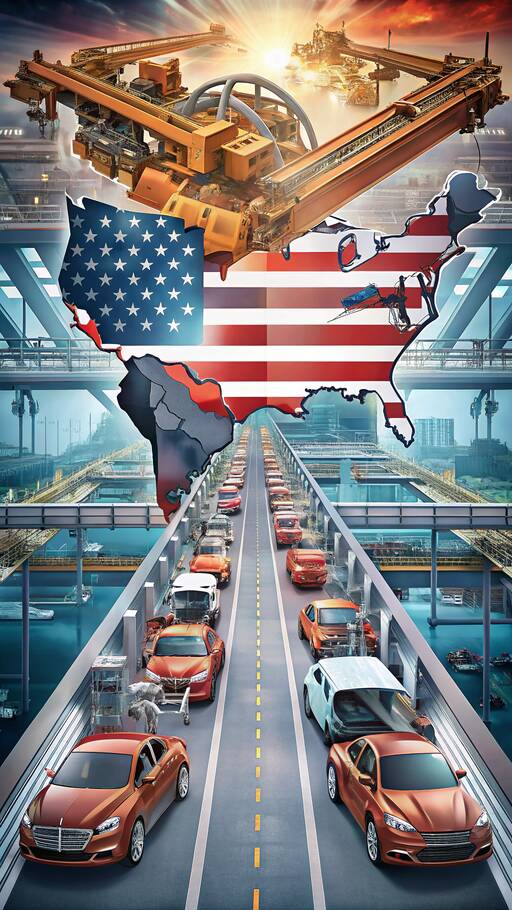
The 25% tariff on imported vehicles has been active since April 3, with a new tariff on parts starting on May 3. However, recent policy changes have eliminated "stacking" tariffs. This means that only the single highest tariff is applied to vehicles or parts that might be subjected to multiple import taxes.
For example, when an American company assembles a car abroad, parts often cross borders multiple times. Aluminum might be imported to the U.S., turned into components, sent overseas for powertrain assembly, and then returned. Previously, tariffs would stack, but now only the highest tariff, such as the 25% on an assembled powertrain, is applied. Significantly, vehicles that comply 85% with the USMCA are exempt from such tariffs.
Starting May 3, automakers can receive credits on imported parts used in U.S.-assembled vehicles. This can offset tariffs up to 3.75% of a vehicle's MSRP initially, decreasing to 2.5% after a year, and phasing out subsequently. The goal is to encourage domestic parts manufacturing.
Even though tariffs have been eased, these measures won't fully eliminate their burden on domestic automakers or car buyers. The Detroit News highlights potential relief: a Ford Explorer might see just $900 off, reducing from $2,500 to $4,000 in tariffs. Similarly, Texas-built GM trucks could save $2,000 from $10,000 in tariffs.
Tariffs continue to raise the costs of replacement parts, driving up repair expenses and insurance for everyone, not just new car buyers. Without further policy revisions, U.S. drivers will continue to feel financial pressure, whether purchasing new vehicles or maintaining current ones.
While tariffs on imported cars and parts have been slightly tempered, they still significantly impact prices, affecting everything from new car purchases to repair costs. Credits and exemptions offer some relief, but consumers and automakers still face considerable costs.